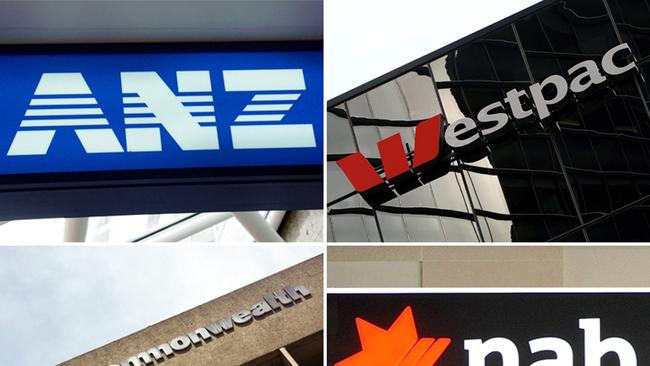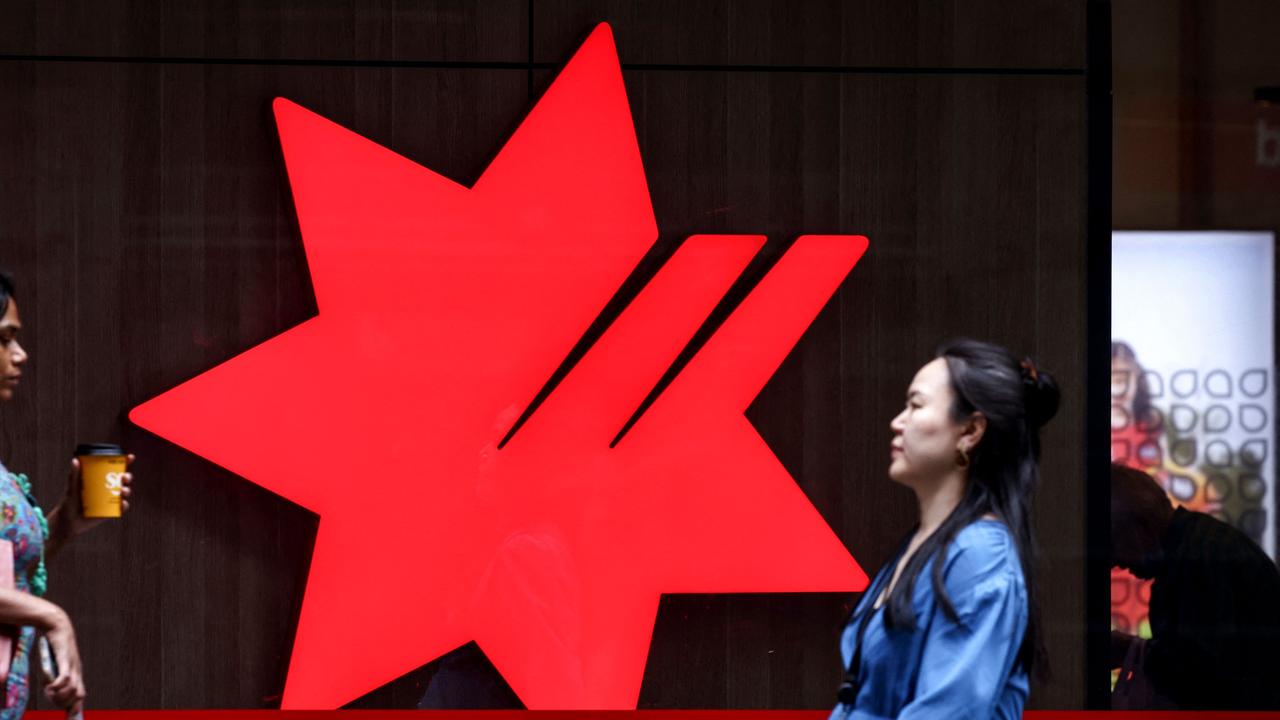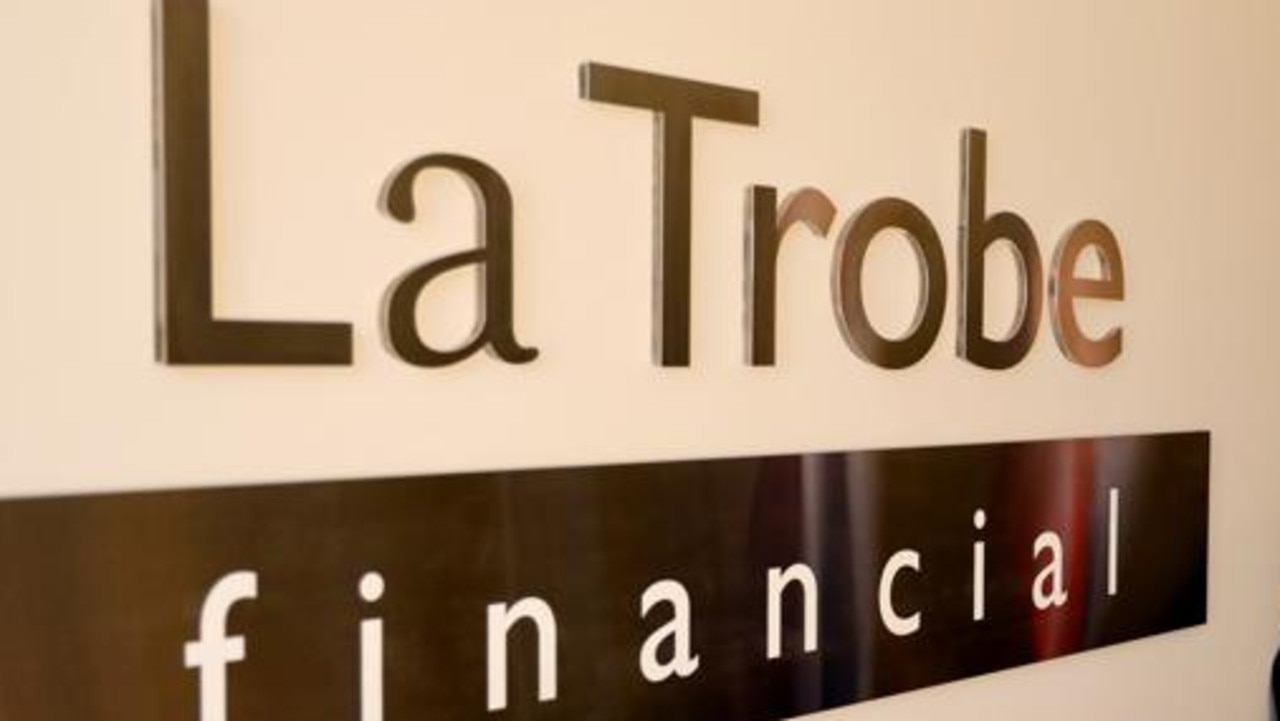Banks to reset dividend payouts: Citi
APRA’s move to restrict bank dividends in 2020 has given the sector a chance to make payout ratios more sustainable, Citi says.

APRA’s move to restrict bank dividends in 2020 has given the sector an opportunity to reset payout ratios on to a more sustainable path, according to Citi’s head of Australian banks research, Brendan Sproules.
The return of excess capital to shareholders in the form of buybacks, meanwhile, will be on hold as long as COVID-19 remains a threat, with shareholders having to wait until the risks dissipate, likely following widespread vaccination, Mr Sproules said in a note to clients.
“Based on the current profitability of the sector, and lending growth that is expected to result in 2-4 per cent risk-weighted asset growth per annum, we estimate the major banks can pay out between 75-85 per cent of their cash earnings in ordinary dividends,” Citi analysts led by Mr Sproules said in their latest research on the sector.
“In the near term, the sustainable dividend ratio will be impacted by elevated bad and doubtful debts and excess capital keeping return on equity under pressure,” they warned.
The prudential regulator in December scrapped its guidance restricting dividend payouts that had been put in place at the height of the crisis in March.
But it warned lenders to “remain vigilant” and take a prudent approach to dividends amid the ongoing recovery from the pandemic.
The analysts predict Commonwealth Bank, Westpac and National Australia Bank will set dividends at around 75 per cent for 2021 based on current under-pressure return on equity, with a view to trend growth, while ANZ’s payout ratio will be slightly lower at around 70 per cent due to limits on its franking credit generation.
While excess capital at the majors has already sparked discussion on capital returns, Mr Sproules cautioned that APRA’s updated capital management guidance, which was linked to stress-test results, made it clear that excess returns would be difficult while COVID-19 is still a threat.
“While these (stress test) results provided APRA enough comfort to remove dividend restrictions, the threat of COVID-19 and the potential impact on both credit losses and capital for lending across the economy is expected to remove the likelihood of wide-scale buybacks until a vaccine has become effective and mitigated the risk to the banking system,” Citi’s note said.
But investors may not have to wait too long. The build-up of excess capital, primarily from asset sales, will put pressure on APRA to begin allowing capital returns as well as dividends to shareholders, the analysts predicted.
“We see buybacks featuring from fiscal 2022 on the assumption that the regulators are more comfortable with the COVID risk,” they said.
Improving loan losses are still a wildcard for near-term returns, while core profit pressures, driven by commercial banking, will be prominent, they warned.
“Revenue challenges for the sector will remain with an acceleration in commercial banking.
“However, housing is set to recover, with the major banks winning back market share.”
Bank net interest margins are also set to stabilise after a sustained period of decline, as funding costs ease, they said.
“We think reported net interest margins will stabilise at 1.85 per cent, which is considerably above consensus estimates.”
Citi’s above-consensus estimates are driven by the prospect of better deposit margins, improved wholesale funding cost and mix, and the lessening of the distorting impact of liquid assets.
On bank valuations, the analysts also said the sector looked cheap, but that stock-picking would be the key to outperformance for investors.
Westpac is Citi’s top pick in the sector “as it appears to be setting up a 2021/2022 self-help narrative after the AUSTRAC debacle”, with ANZ Bank is its second choice.
NAB and CBA, meanwhile, are both neutral following the recent rally.
Among the second-tier lenders, Citi has a “buy” on Bank of Queensland and a neutral rating on Bendigo and Adelaide Bank.
“Bank of Queensland is our preferred regional bank as their capital and provisioning build in fiscal 2020 leaves it in a strong position to grow earnings and restore its dividend.
“A sharp fall in deposit rates is likely to benefit BOQ more than other banks in the sector,” the analysts said.
Elsewhere, Morgan Stanley’s own assessment of the major banks and lending post-COVID showed that system housing loan growth was stronger in November, with ANZ and CBA continuing to outpace the market.
But business lending continued its decline at ANZ, NAB, and Westpac, while deposit growth slowed, Morgan Stanley analysts told clients.
While system housing loan growth came in at 4.3 per cent annualised in November, compared with 3.5 per cent in October, ANZ and CBA saw sharper growth of 6.6 per cent and 6.1 per cent respectively.
Home lending growth at NAB and Westpac turned positive, with the banks recording a lift of 1.2 per cent and 0.5 per cent respectively through the month.
Over at the regionals, meanwhile, Bendigo Bank shot the lights out with 12.1 per cent growth and Bank of Queensland wasn’t far behind with 9.9 per cent.
Bendigo Bank has seen double digit housing loan growth in five of the last six months, while BOQ has seen positive monthly growth since August.
The strong growth in home lending comes as APRA released new data showing loan deferrals across the nation ticked down in November as the economic recovery from the coronavirus pandemic gathered pace, with $60bn worth of loans on pause at the end of the month, according to the latest data.
The value of loan deferrals sits at 2.3 per cent of the $2.7 trillion in total loans across Australia’s lenders, and is down from a peak of 10 per cent in May and June.



